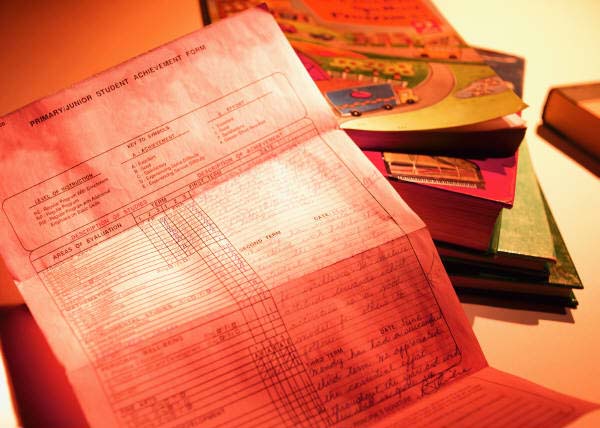| The Fraser
Institute , one of Canada's leading public policy think-tanks,
released its Annual Report Card on Ontario's Elementary Schools 2010
on March 7, 2010. “The report card is the only easily accessible,
objective tool that helps parents assess the performance of their
child’s school,” said Peter Cowley, Fraser Institute director of
school performance studies.
 The Report
Card on Ontario’s Elementary Schools 2010 rates 2,742 English
and French, public, and Catholic elementary schools from across
Ontario based on nine key indicators derived from province wide
tests of reading, writing, and mathematics skills administered by
the province’s Education Quality and Accountability Office (EQAO).
A number of private schools are also included. The Report
Card on Ontario’s Elementary Schools 2010 rates 2,742 English
and French, public, and Catholic elementary schools from across
Ontario based on nine key indicators derived from province wide
tests of reading, writing, and mathematics skills administered by
the province’s Education Quality and Accountability Office (EQAO).
A number of private schools are also included.
Along with the new Report Card, the Institute also launched a new
website www.compareschoolrankings.org
which features easy-to-use interactive tools for comparing the
performance of schools included in the report card.
The Report Card applies a special formula to the grade 3 and
grade 6 EQAO test results to calculate each school's overall ranking
out of 10, which is designed to compare each school in accordance
with how much above or below the provincial average of 6 that the
school has achieved.
To see how all of the elementary schools in the Greater Sudbury
Area school boards, CLICK
HERE
The secondary schools report card uses grade 9 and grade 10 EQAO
test results to calculate the school's overall rating out of 10
To see how the individual secondary schools fared out CLICK
HERE
If you would like the complete Ontario Elementary Schools Report
Card in PDF format, CLICK
HERE
WHAT DOES THIS ALL MEAN?
The popularity of the Fraser Institute Report Card rankings is a
clear indication that the general public wants some way of
objectively comparing how the schools in their community are
performing compared to the rest of the province. As will be quickly
pointed out by School Boards which have a large number of schools
rated below average, ranking schools effectively is next to
impossible considering all of the factors that go into building a
school community and providing meaningful learning experiences for
the students attending the facility.
Most people understand that merely taking the results of
provincial testing and using those numbers to rank a school could be
misleading. Many claim that the Fraser Institute Report Card
provides what may be a distorted overview of a school's
effectiveness. Nevertheless, the rankings do provide something that
can compare schools with each other that makes mathematical sense
based on what they have to work with. If the EQAO results can be
accepted as dependable and accurate reflections of a school's
performance, then the Fraser Institute concludes that its rankings
merely applies a formula to that data in order to all partners in
education to compare.
The competitive nature of society today pretty well demands such
a comparison. We all want standings. We want to see who is in first
place. We want to see how our school compares to the others.
For example, when ranking the four school boards, the order from
top to bottom is:
 |
6.0 / 10 |
 |
5.5 / 10 |
 |
4.8 / 10 |
 |
4.6 / 10 |
COMPETITION FOR STUDENTS IS HEATING UP
While no one wants to compare our education system to a sporting
event, the reality is that there is fierce competition for students
among all school boards. Each board is trying to offer programs that
will not only meet or exceed the needs of today's children, but they
are spending a great deal of money advertising in mass media to draw
potential enrolment for programs such as full day kindergarten, day
care and French Immersion. New schools are being built while others
are being consolidated to accommodate the fluctuating enrolment
patterns.
It is clear that when parents are choosing a school for their
children, they will take into consideration all of the information
they can get their hands on, and the Fraser Institute provides
something that is very easy for them to understand.
Unfortunately, no matter how well your schools perform, 50% of
them will end up in the "bottom half" of the standings.
Therefore, it may be necessary to come up with a better way of
comparing schools, if we want to compare them at all. Perhaps it is
time to review the whole notion of comparing schools and refocus our
attention back onto the students. Some form of testing is necessary
in order to evaluate the effectiveness of programming and
instruction, but should the test results be used to
"label" students? That is a whole other issue. |